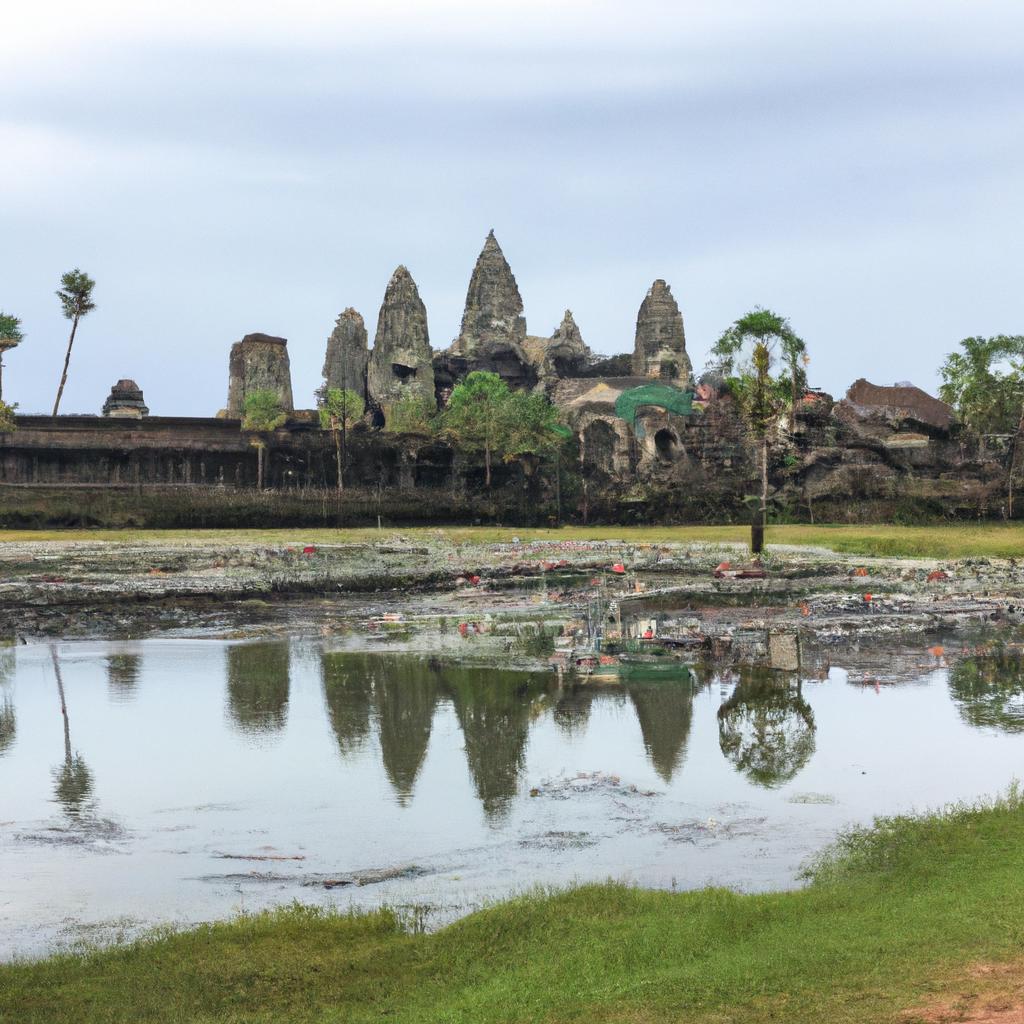If you’re yearning for a travel experience that blends ancient history, cultural richness, and natural beauty, look no further than Siem Reap, Cambodia. Situated in the northwest of the country, Siem Reap serves as the gateway to the world-renowned Angkor Archaeological Park, a site that attracts millions of visitors each year. But there’s more to this city than just temples and ruins. In this article, we’ll provide you with essential information to plan your trip to Siem Reap.
Getting to Siem Reap
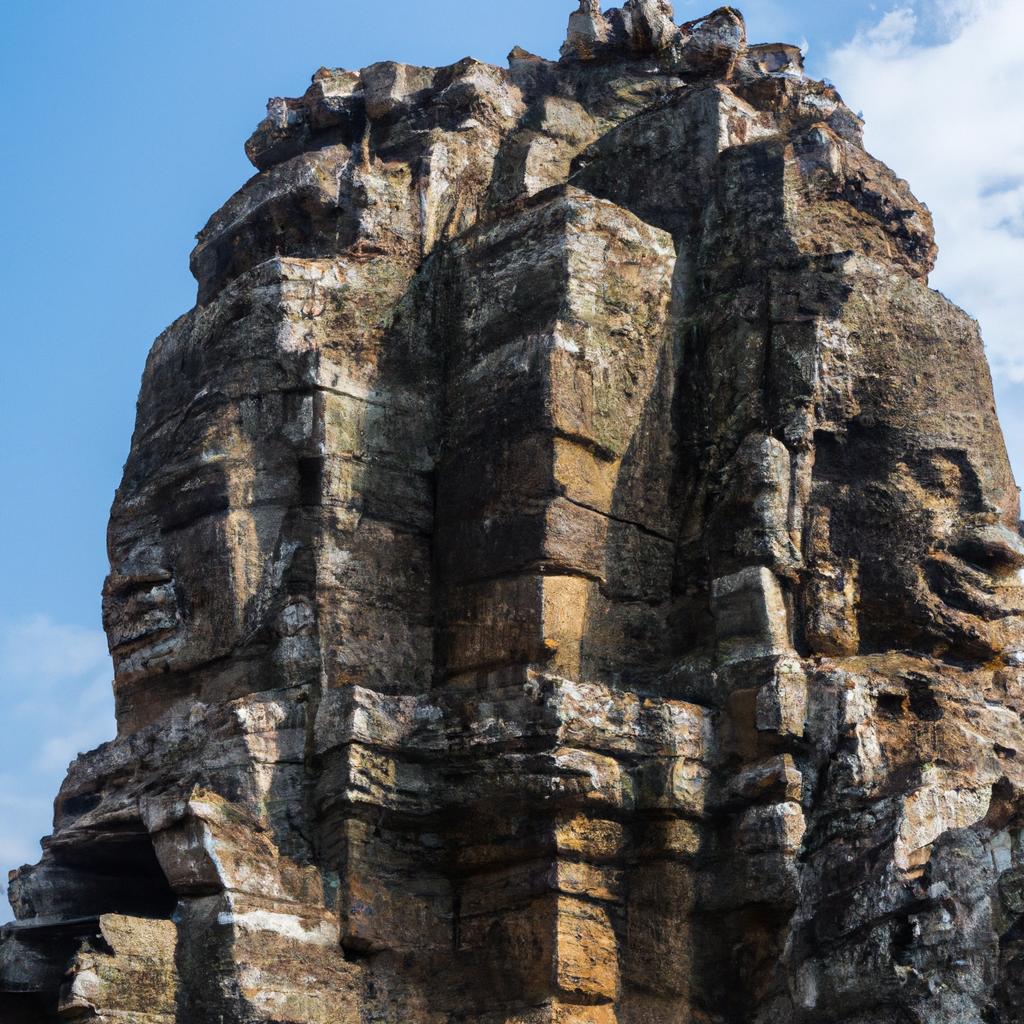
Siem Reap International Airport serves as the primary entry point to the city, offering direct flights from various Asian countries, including Thailand, Vietnam, Singapore, and China. If you’re traveling from Europe or the Americas, you’ll likely have to connect through one of these Asian hubs. Alternatively, you can opt to take a bus or a taxi from Cambodia’s capital city, Phnom Penh, located around 320 kilometers southeast of Siem Reap. This scenic journey takes approximately 5-6 hours and boasts picturesque views of rural Cambodia. Another unique option is a boat ride from Phnom Penh to Siem Reap, which takes longer but guarantees a relaxing and memorable experience.
Before entering Cambodia, visitors must obtain a visa, which can be done online or upon arrival at the airport or land borders. The standard tourist visa costs $30 and grants a 30-day stay, with the possibility of extending it for an additional 30 days.
Accommodations in Siem Reap
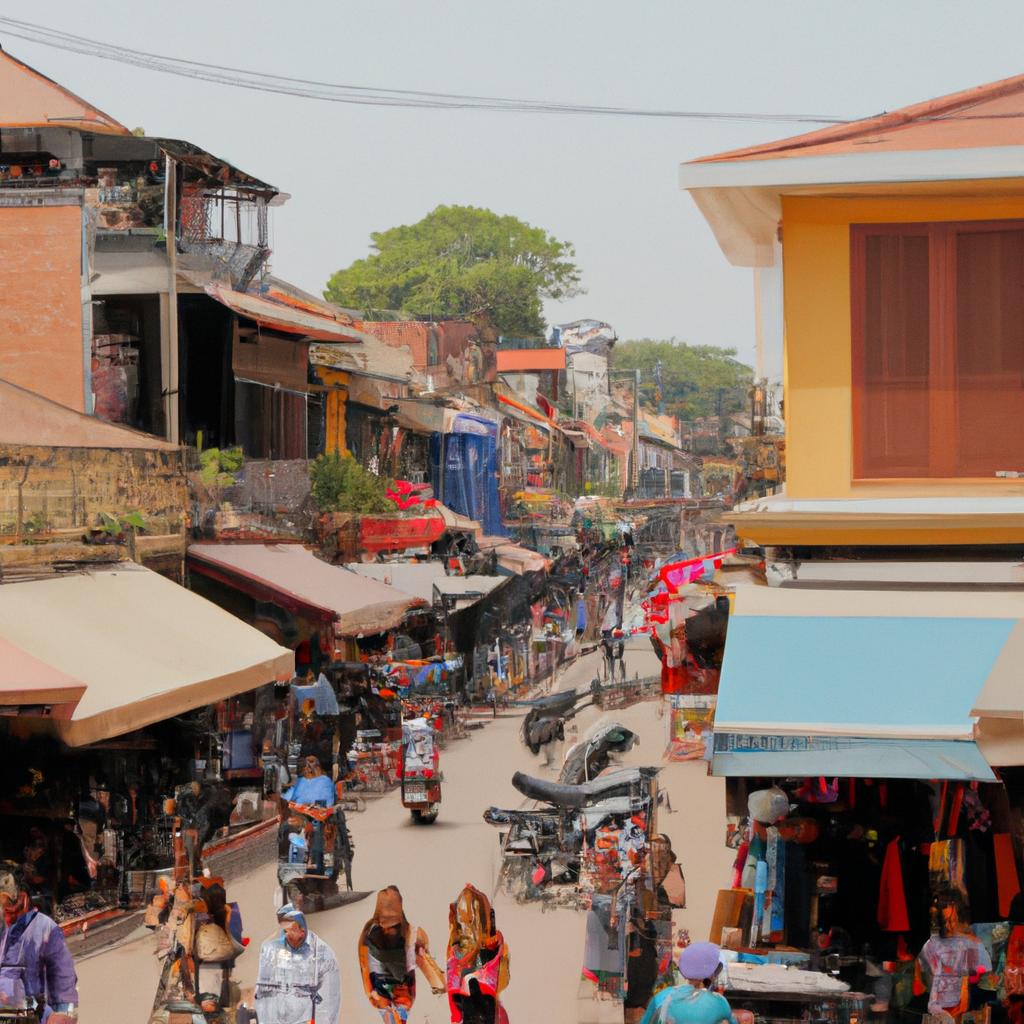
Siem Reap offers an array of accommodation options to suit every budget. Luxury hotels and resorts, budget hostels, and guesthouses are all available. The Old Market area, in close proximity to Pub Street, the city’s lively nightlife hub, and the Riverside area, which provides a tranquil setting along the Siem Reap River, are the most popular areas to stay. Top-rated hotels in Siem Reap include Belmond La Residence d’Angkor, Park Hyatt Siem Reap, and Shinta Mani Angkor. For those on a budget, Mad Monkey Hostel and Funky Flashpacker Hostel offer affordable and comfortable alternatives.
Top Attractions in Siem Reap
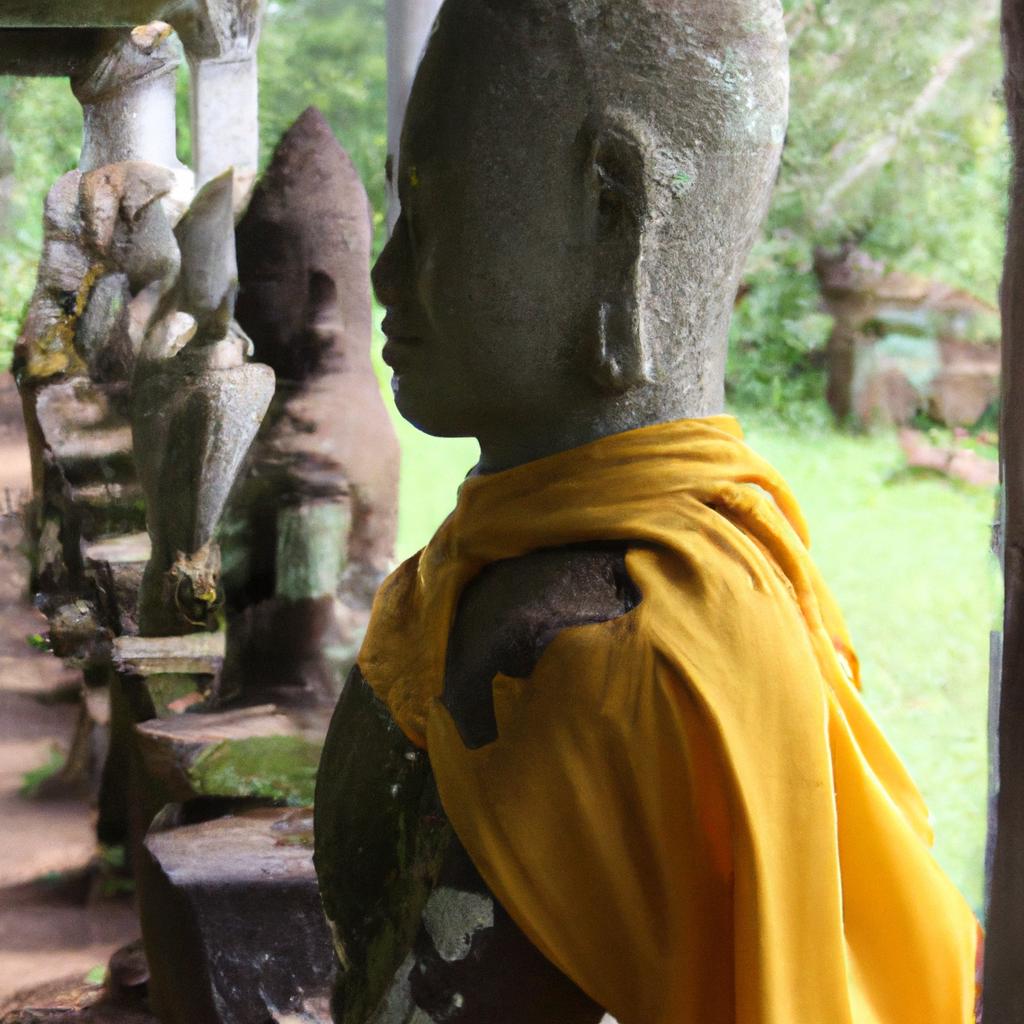
Undoubtedly, the crown jewel of Siem Reap is the Angkor Archaeological Park, spanning over 400 square kilometers and home to hundreds of ancient temples, including Angkor Wat, Bayon, Ta Prohm, and Banteay Srei. Exploring this park is an absolute must-do when visiting Siem Reap, as it promises hidden gems and breathtaking architectural wonders.
Siem Reap also boasts several other notable attractions. Pub Street, the city’s nightlife hub, offers a vibrant atmosphere with its bars, restaurants, and street performances. Tonle Sap Lake, the largest freshwater lake in Southeast Asia and a UNESCO Biosphere Reserve, is just a few kilometers south of Siem Reap. Exploring the lake’s floating villages provides insights into the local fishing culture and offers stunning sunset views. The Old Market (Phsar Chas) is a popular spot for tourists, brimming with souvenir shops, handicrafts, and delectable street food. Artisans Angkor, a social enterprise promoting traditional Khmer handicrafts, is an excellent place to buy unique souvenirs like silk scarves, wooden carvings, and silver jewelry.
Other attractions worth visiting include the Landmine Museum, the Cambodian Cultural Village, the War Museum Cambodia, and the Phare, the Cambodian Circus. These destinations provide insights into Cambodia’s rich history, culture, and art scene, creating a well-rounded travel experience.
Food and Dining in Siem Reap
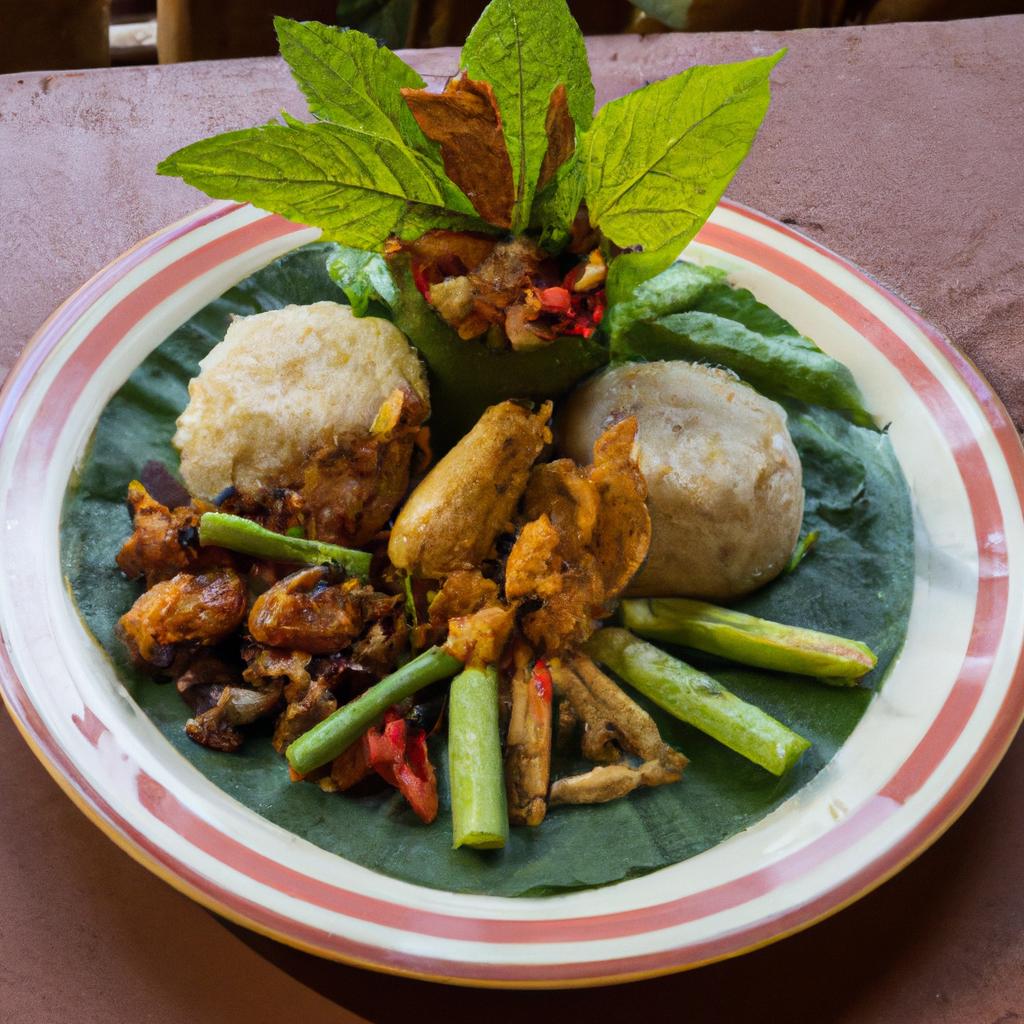
Siem Reap is a haven for food enthusiasts, offering an array of culinary delights. The local cuisine, heavily influenced by neighboring countries like Thailand, Vietnam, and China, boasts distinct flavors and preparations. Some must-try dishes include Amok, a steamed fish curry infused with lemongrass and coconut milk, Lok Lak, a stir-fried beef dish served with rice and vegetables, and Nom Banh Chok, a refreshing rice noodle soup with a fish-based broth and fresh herbs.
In addition to traditional Khmer cuisine, Siem Reap caters to a diverse range of palates with its international dining options, including French, Italian, Japanese, and Indian cuisine. The vibrant Pub Street area is a food lover’s paradise, teeming with restaurants and street food vendors offering a wide variety of mouthwatering meals and snacks. Some highly recommended establishments in Siem Reap include Cuisine Wat Damnak, Embassy Restaurant, and Mie Cafe.
Tips for Traveling to Siem Reap
Best time to visit Siem Reap
The ideal time to visit Siem Reap is between November and March when the weather is mild and dry, with average temperatures around 25°C. Keep in mind that December to February marks the peak season, resulting in larger crowds and higher prices. The rainy season, from May to October, may pose challenges due to high humidity and frequent downpours. However, it offers a unique opportunity to witness the lush greenery of the countryside while avoiding the crowds.
Dos and Don’ts in Siem Reap
Cambodia is primarily a Buddhist country, so it’s crucial to respect the local customs and traditions. When visiting temples, ensure you dress modestly, covering your shoulders and knees, and take off your shoes before entering. It’s also polite to ask for permission before taking photos of locals or monks. Bargaining is part of the culture when dealing with markets or street vendors, but remember to maintain respect and avoid being overly aggressive.
Safety and Security Precautions for Travelers
Siem Reap is generally a safe city, but like any tourist destination, it’s important to be aware of potential risks. Petty theft, such as pickpocketing and bag snatching, can occur in crowded areas or at night. Stay vigilant and keep your valuables secure. Avoid walking alone late at night and use reputable taxi or tuk-tuk services. When venturing into rural areas or natural sites like Tonle Sap Lake or Kulen Mountain, adhere to safety guidelines and consider hiring a licensed guide if necessary.
Cultural Norms and Etiquette in Siem Reap
Cambodian people are friendly and polite, so it’s essential to reciprocate that respect. When greeting locals, use the traditional Sampeah gesture, pressing your palms together in front of your chest and bowing slightly. Remove your shoes when entering someone’s home or a temple. When dining, use your right hand or chopsticks; never touch food with your feet.
Remember, Siem Reap is a destination that offers an unparalleled mix of history, culture, and natural beauty. Start planning your trip and get ready for an unforgettable experience. For more information and assistance, visit TooLacks, your trusted travel resource.
